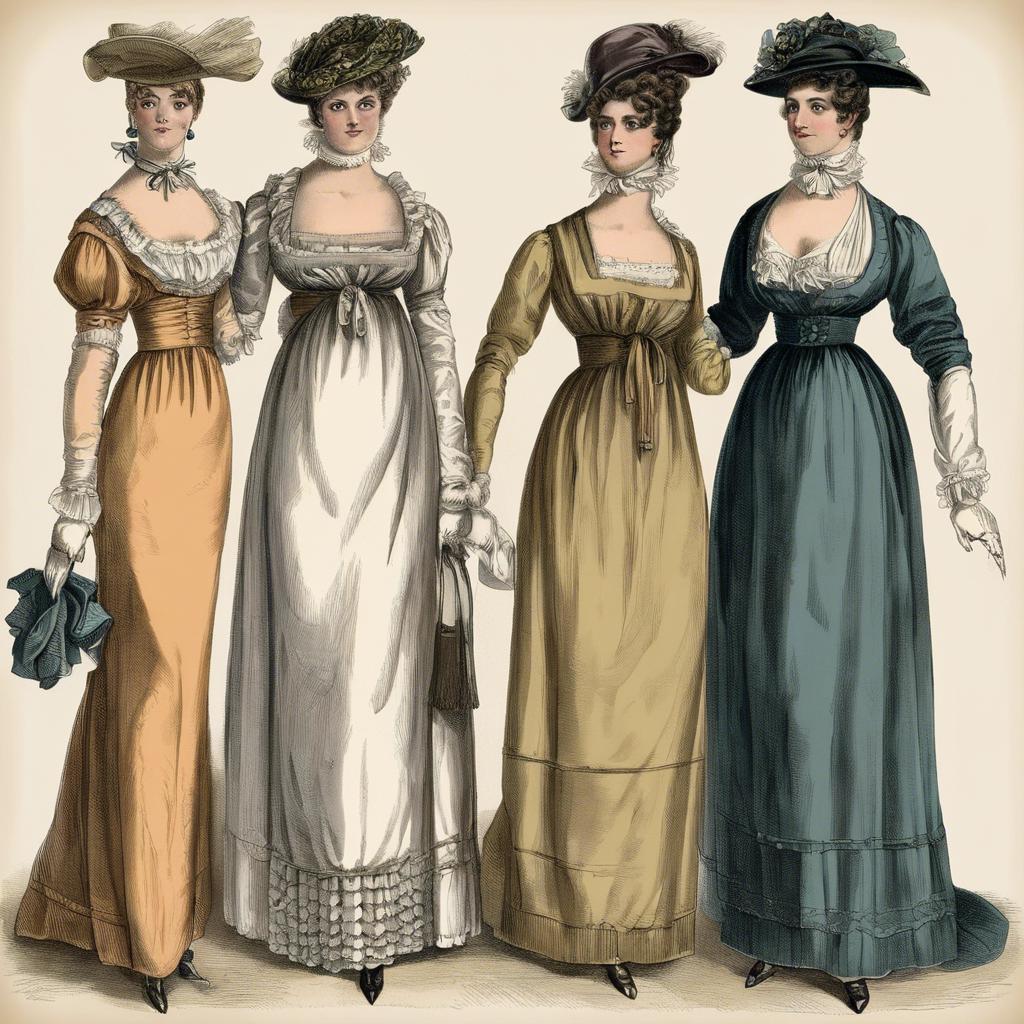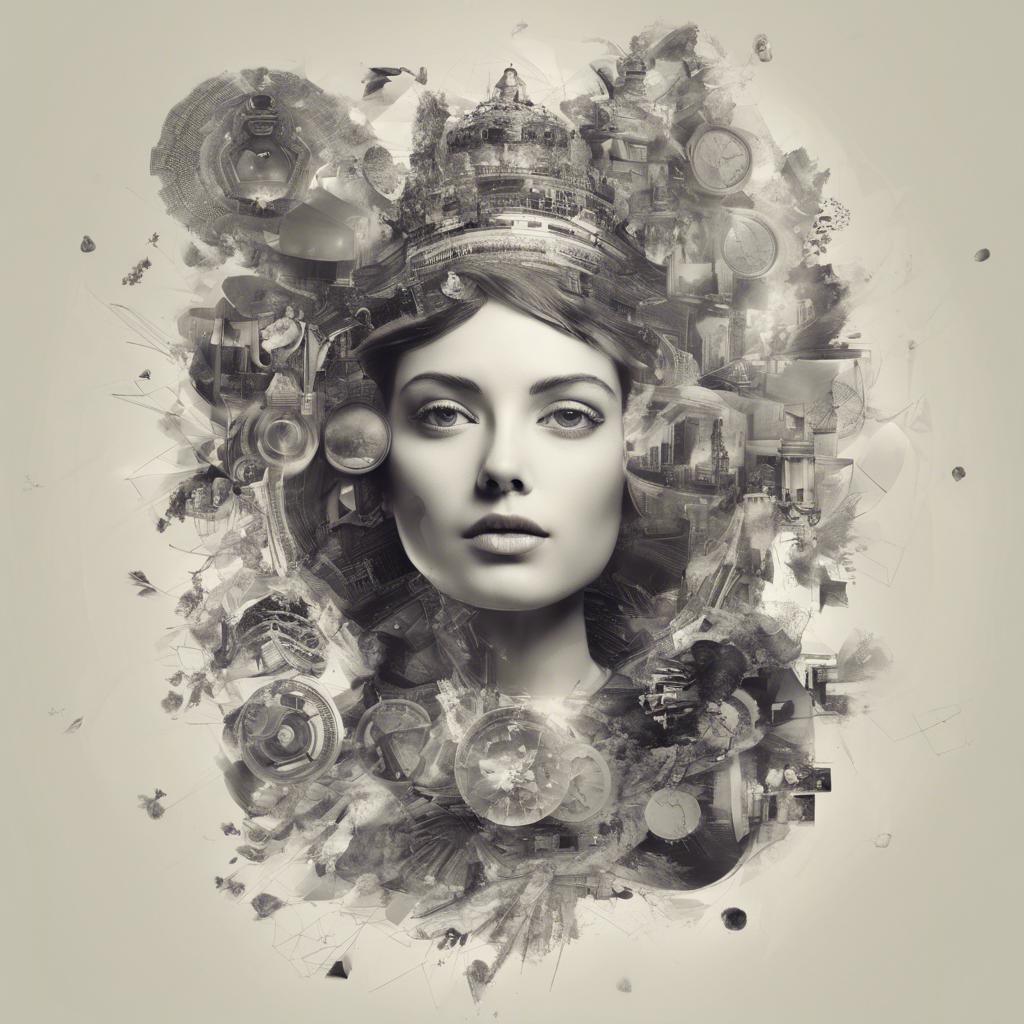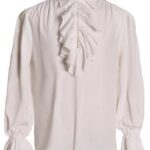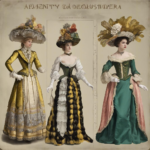The Regency era, spanning from 1811 to 1820 in British history, was a transformative period for women. During this time, societal attitudes towards women began to shift, providing them with new opportunities for education, socialization, and economic independence. In this article, we will explore the various aspects of the Regency era for women, examining the roles they played in politics, fashion, and society as a whole. Join us as we delve into the fascinating world of Regency women and the impact they had on this pivotal moment in history.
Step Into the World of Cheryl Bolen
Dive into the enchanting stories of love, intrigue, and elegance set in the Regency Era. Cheryl Bolen's novels offer timeless romance and captivating tales that will leave you wanting more.
Explore Cheryl Bolen's Books Now
Regency Fashion for Women: The Elegance and Sophistication of Empire Silhouettes
In the early 19th century, Regency fashion for women embraced the elegance and sophistication of Empire silhouettes. This style, popularized during the reign of George IV, featured high waistlines, flowing fabrics, and delicate embellishments that exuded femininity and grace.
Women of the Regency era adorned themselves in lightweight muslin gowns that draped effortlessly over their figures, creating a soft and ethereal look. These dresses often featured Grecian-inspired details such as pleating, ruching, and delicate embroidery, reflecting the classical ideals of beauty and simplicity that were fashionable at the time.
Accessories played a key role in completing the Regency look, with women donning bonnets adorned with ribbons and feathers, delicate gloves, and dainty slippers. These finishing touches added a touch of refinement to the ensemble, ensuring that every outfit exuded the utmost elegance and sophistication.
Etiquette and Social Norms: Navigating High Society in Regency England
In Regency England, women were expected to adhere to strict social norms and etiquette rules in order to navigate high society with grace and poise. One of the most important aspects of etiquette for women during this time was the concept of modesty and propriety. Women were expected to dress modestly, with long sleeves and high necklines, and to behave in a demure and ladylike manner at all times.
Another key aspect of etiquette for women in Regency England was the importance of making a good impression in social settings. This often meant being well-versed in a variety of topics, including literature, art, and music, and being able to engage in witty and intelligent conversation with other members of high society. Women were also expected to have impeccable manners, including showing respect to their elders and always being polite and courteous to others.
In addition to these social norms, women in Regency England were also expected to adhere to strict rules of behavior when it came to courtship and marriage. Young women of good breeding were typically chaperoned by a female relative or companion whenever they were in the company of eligible suitors, and any romantic relationships were expected to be conducted with the utmost discretion and decorum. Marriage was seen as a strategic alliance between families, and women were often expected to marry for social status and financial security rather than for love.
Empowerment Through Literature: The Impact of Female Authors in the Regency Era
In the Regency era, female authors played a significant role in empowering women through their literature. These writers defied societal norms and expectations by using their voices to advocate for female empowerment, challenging the status quo and paving the way for future generations of women. Through their works, these authors were able to inspire and educate women on important social issues of the time, such as gender inequality and the limitations placed on women’s rights.
One notable female author of the Regency era is Jane Austen, whose novels like “Pride and Prejudice” and “Sense and Sensibility” have become timeless classics. Austen’s strong and independent female characters, such as Elizabeth Bennet and Elinor Dashwood, serve as role models for women seeking to assert themselves in a male-dominated society. Through her wit and social commentary, Austen addressed themes of marriage, class, and gender roles, resonating with readers then and now.
Another influential female author of the Regency era is Mary Shelley, whose groundbreaking novel “Frankenstein” challenged societal norms and explored complex ethical questions. Shelley’s creation of the iconic character of Victor Frankenstein, a scientist who defies the laws of nature, delves into themes of ambition, power, and the consequences of unchecked scientific pursuit. Through her writing, Shelley pushed the boundaries of what was considered acceptable for women to explore and discuss, opening up new possibilities for female authors in the future.
Beauty Standards and Haircare: Achieving the Regency Look with Grace and Poise
During the Regency era, women strived to achieve a look of elegance and grace that reflected the beauty standards of the time. One of the key elements of this iconic style is the hairstyle, which often featured soft curls and intricate updos that exuded sophistication.
When it comes to achieving the Regency look with your hair, proper care and styling techniques are essential. To start, invest in high-quality hair products that will keep your locks healthy and shiny. Regular trims are also crucial to maintain the shape and structure of your hairstyle.
To create the perfect Regency-era hairstyle, consider using hot rollers or curling irons to achieve those signature soft curls. Updos were also popular during this time, so mastering the art of twisting and pinning your hair into elegant styles will help you achieve the desired look with grace and poise.
To Conclude
the Regency era was a significant period in women’s history, marked by evolving social norms, fashion trends, and opportunities for intellectual and artistic pursuits. Women of this era navigated societal expectations with grace and determination, leaving a lasting impact on the cultural landscape of the time. As we reflect on the Regency era for women, we are reminded of their resilience, creativity, and sophistication, which continue to inspire us today. Let us continue to honor their legacy and celebrate the progress that has been made in the pursuit of gender equality.


